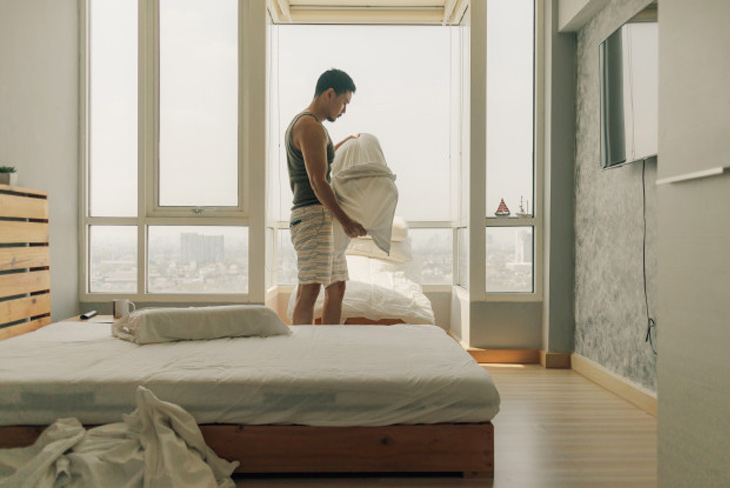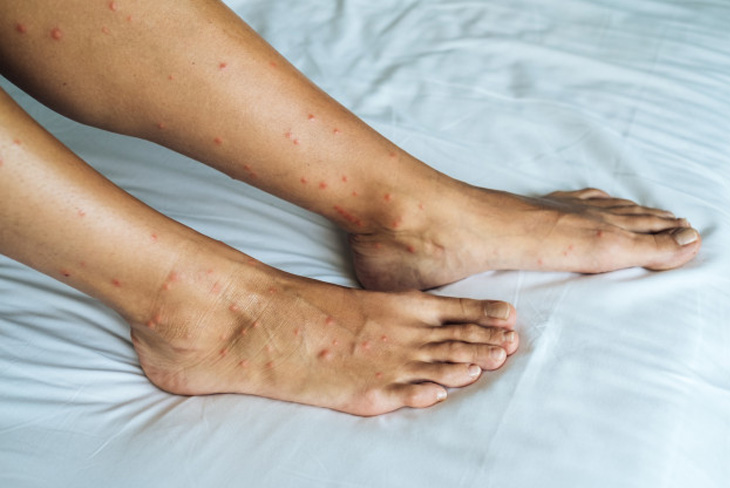I have bed bugs! Does my renter’s insurance cover me?

Bedbugs are never a good sign. Sometimes, an infestation can bring about a sense of shame or guilt – and concern, too. Your home is supposed to be a place of security, which can be difficult to believe if suddenly you find yourself sharing your apartment unit with a family of the nastiest bugs. It can be tricky or even embarrassing to tell your friends that you are dealing with an infestation, too.
Does renter’s insurance cover bedbugs or infestations?
The short answer? No, renter’s insurance – and any branch of “home” insurance policy – is intended to protect you against “events” like if your property were stolen or if a lawsuit was filed against you. Renter’s insurance will not cover you from issues that arise from a lack of maintenance or general wearand-tear. Typically, with an infestation there is evidence of poor maintenance, or a unit was left vacant for a duration of time and exposed to this preventable issue.
Whose issue is it? How do you prevent an infestation – and what can you do if one happens? We answer these questions and more below.
Can my landlord be at-fault for an infestation?
In most instances, it is extremely unlike that your landlord will be held liable for an infestation. There can be exceptions to this, such as if the building where you live has a bed bug issue in the common areas which ends up spreading to individual units. If this is the case, then likely your landlord would be held responsible. Still, the costs that come of an infestation or bed bugs would not be covered by your renter’s insurance policy, and instead compensation may need to be sought out from your landlord. Chances are, if a building has a pest-problem, your landlord will be proactive about dealing with the issue before it can lead into larger damages. Moreover, many landlords will take every precaution to not have to deal with bed bugs, especially as this can make it difficult for them to rent out units.
How can I prevent an infestation?
Renter’s insurance does not cover you from infestations or bed bugs because these issues fall under the category of “preventable.” It is typically expected of you – both by your landlord and by your insurance provider – to look after your unit as best as you can, meaning assessing for damages, contacting your landlord to do any necessary repairs, and fixing what you can by yourself.
How can you prevent an infestation? Here are some tips to reducing places where an infestation can accumulate or hide:
- Remove clutter or organize your space
- Remove any peeling or cracked wallpaper
- If you see any cracks on wooden furniture or bedframes, seal them – check your baseboards, walls, door frames, windows, and ceilings as well
- Vacuum as often as you can, especially under furniture and beds
- Assess if there are any entry points on your walls that you share with the common areas or neighbours which would allow access to the inside of the walls
- Tighten any loose electrical faceplates
Another way to prevent an infestation is to be cautious about what you bring into your house. See the list below as an example:
- Check over any item purchased for the first time, especially if they come from a second-hand store, antique store, or garage sale
- As tempting as it may be, never use a mattress or any furniture that has come free from someone else’s curb
- Even new mattresses will be delivered in the same truck as the one that carries away old ones, so check over your new mattress before it comes into your home
- If you use your vehicle to help a friend move, give it a thorough once-over after you have finished or check items as they go into your car
How do I check my home if I suspect I have an infestation?

Catching an infestation early is the best way to preventing larger damages later down the line. Regular inspection is a good way to preventing infestations, but if you suspect you have an infestation starting you can check your home with a flashlight, screwdrivers, and something like an old credit card to scrape along the seams of your mattress.
You can also use alcohol or baby wipes to check of any stains you see on your mattresses or furniture are bedbug droppings (sometimes when rubbed, bedbug droppings will dissolve into a reddish brown colour.) You can also use white plastic bags to seal up your belongings. Look under or beside your bed and furniture for any black or brown spots, white spots, or even living/dead bedbugs.
If you own a pet, it is a good idea to check spots where your pet frequents for any signs of bedbugs. Widen your search if you find sure signs that there have been bedbugs.
If your apartment or unit has been infested by bugs, it is not a bad idea to consult a professional exterminator to take care of your rental unit. While the best way to avoiding an infestation is to maintain your unit and clean as frequently as possible or as needed, sometimes things fall through the cracks – (and in the case of an infestation, quite literally!) Be aware that if bedbugs are hiding in your ceiling lights or coming through your doorframe, they are entering from the room above or from the common hallways.
Keep calm.
Finally, if you do think you have an infestation, don’t panic. See if you can photograph or even trap any bedbugs you can find on your property and call a pest control professional who will lay out a solid plan for you and any roommates you may be living with. Don’t immediately resort to throwing out everything you own! Wait until the professionals have given you advice on what to do before you make any rash decisions and take it step-by-step. Remember, you aren’t alone! Many apartment-livers have suffered from infestations before and many will in years to come.

